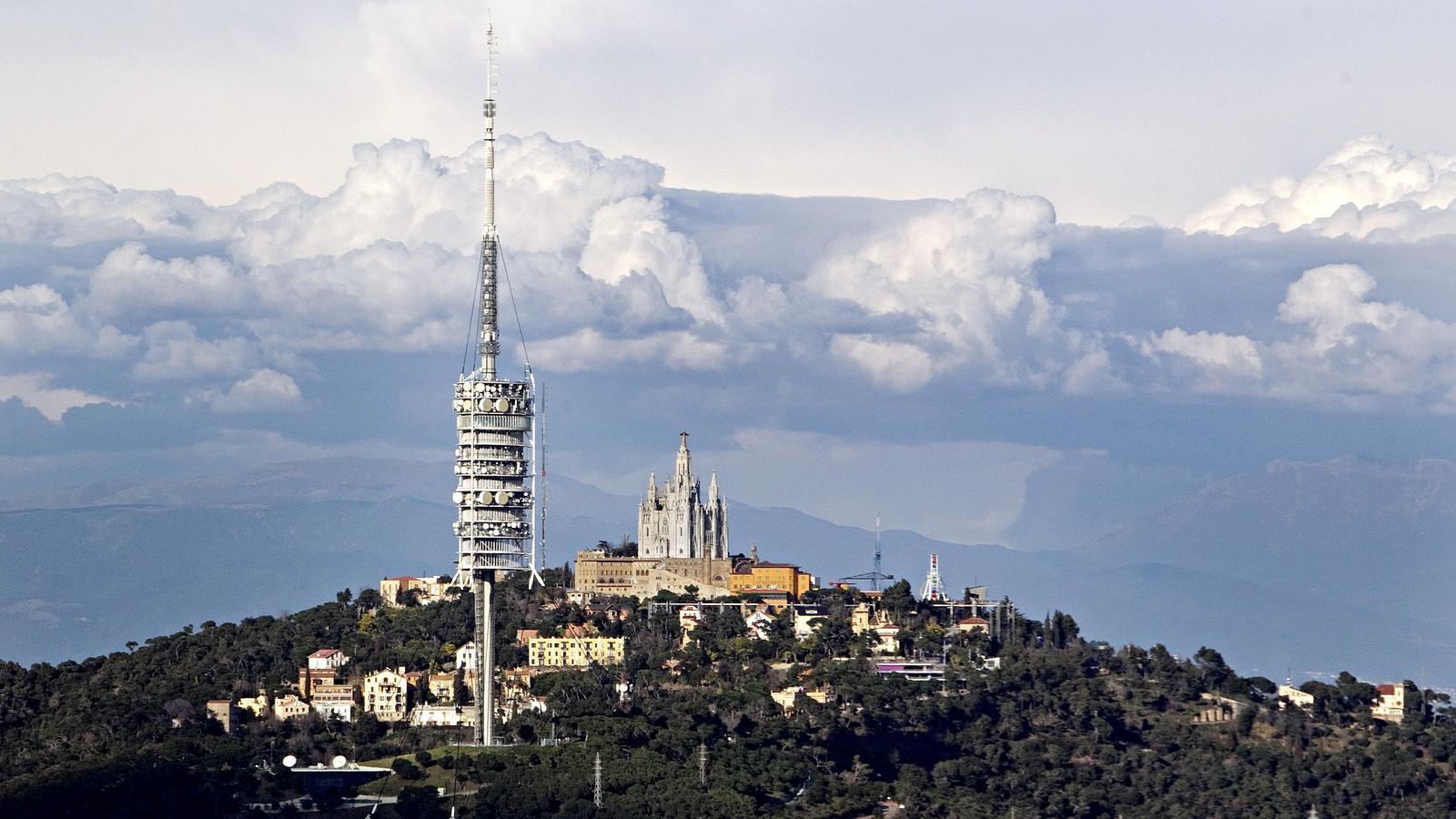Forest management, a national emergency


Forest management in our country's forests has historically been a challenge, but with each passing year, the failure to embrace this challenge (in all its complexity) becomes more and more dangerous. We are reminded of this by the two major fires experienced so far this summer, in Ponent and in Baix Ebre, where at times the flames were so massive that firefighters' resources were insufficient to extinguish them. The reality is that these types of fires, known as sixth-generation fires, put us even more in a hurry to take landscape management as seriously as we do extinguishing any fire that breaks out (like the one this Sunday in Mont-ras).
Today in ARA, we're focusing on the great green lung of the Barcelona metropolitan area, Collserola Park, and we find that there's still a lot of room for improvement to reduce the risks that a fire in this location would pose to the most densely populated area in the country. Only a third of the park's forested hectares, which total 6,000, are actively managed, consisting of clearing undergrowth or creating buffer strips. This is insufficient. It's true that investments are being increased, as explained by the Collserola Mountains Natural Park Consortium, but more ambition is needed to achieve a strategy that maximally protects the park and the entire population living in its surroundings.
A few days ago, on ARA, we interviewed Marc Castellnou, head of the Forestry Action Reinforcement Group (GRAF) of the Generalitat Fire Brigade, and surely one of the leading fire experts in Catalonia. Taking stock of what happened in June, with very virulent fires, Castellnou recalled that having the best extinguishing resources is necessary but not sufficient, and that what firefighters need is a managed landscape because, otherwise, even with all the resources they have, they won't be able to directly attack blazes as monstrous as those seen in these new fires.
The climate reality of more extreme heat and longer evapotranspiration periods, which also cause rainfall to evaporate sooner, leaves forests much more exposed to burning. This is the tragedy facing not only Catalonia but the entire Mediterranean coast, as we see in fires in neighboring countries like Italy and Greece.
The decision to invest in landscape management, as well as in agriculture (key to creating a mosaic that can stop the flames in some cases) and in the forestry industry, is a national decision. The fact that in many cases the ownership of plots is spread across multiple private owners, as is the case with Collserola, is an added complexity, of course, but it cannot be an excuse for failing to engage in dialogue, action, and legislation. The country is at stake, Castellnou reminded us: "Catalonia is burning and will burn, and the flames will sweep away everything in their path if we don't manage it."
Perhaps the time has come to place forest management on the same level of importance as extinguishing fires once they have been declared. Relying solely on the strategy of extinguishing them, Castellnou himself said, is "very poor and very unfair" and, in the end, means burdening the public service with enormous responsibility and risks.
